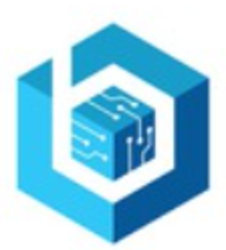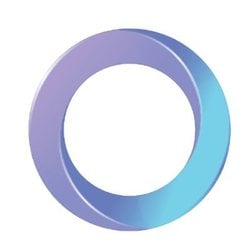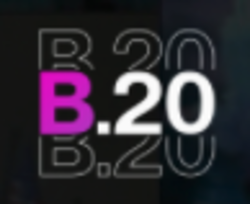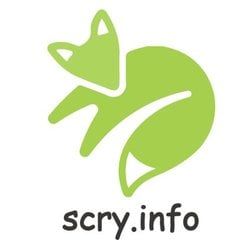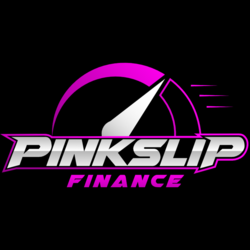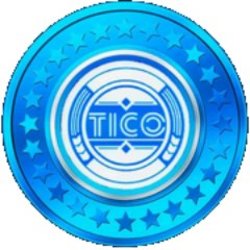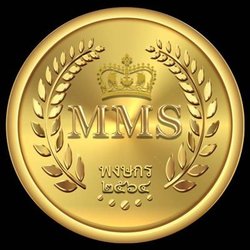- Hashgraph launches HashSphere, a private network designed for enterprises facing strict regulatory environments.
- The Hedera ecosystem expands with institutional support, RWA tokenization, and potential ETF approval in progress.
Hashgraph just unveiled HashSphere, a private, permissioned blockchain network specifically designed for companies in highly regulated sectors. Instead of following the trend of public chains that are open to anyone, HashSphere has gone the opposite direction by building an ecosystem that is actually closed, but not left behind.
So, what does HashSphere offer? Imagine you have a private toll road that can only be used by people with special permission. There are no traffic jams, no long lines, and all drivers know the rules. That’s more or less the concept of HashSphere.
Designed to maintain privacy, but still able to connect to the Hedera public ecosystem, HashSphere addresses the needs of financial institutions, banks, and cross-border payment institutions that have been confused by bureaucracy and regulatory complexity.
Hashgraph is excited to unveil HashSphere!
Built to meet regulated enterprises wherever they are on their blockchain journey, HashSphere delivers the best of both worlds—a private, permissioned network powered by @hedera —combining the transaction privacy and control of private… pic.twitter.com/Qauz239MkW
— Hashgraph (@hashgraph) March 31, 2025
Secure, Selective, Yet Still Interoperable
HashSphere can still connect to the Hedera public network, but the path is arranged in such a way that only entities that pass the permission can enter. On the other hand, support for the Ethereum Virtual Machine (EVM) keeps this network friendly for developers.
So, even though it is closed, HashSphere does not completely lock itself away. This is important, because if you create a system that is too exclusive, it will end up like a golf club whose members get bored alone.
Additionally, HashSphere has Hedera’s Consensus Service and Token Service, which both manage digital assets and log transactions using reliable timestamps. This combination ensures that data integrity is preserved and interoperability is not compromised despite the network’s privacy.
Backed by Global Players for Real-World Impact
Hashgraph is collaborating with various major partners to test and refine HashSphere. One that has participated is Australian Payments Plus, Australia’s national payment system operator. Their interest shows that the need for a closed blockchain system that remains efficient and legal is very urgent.
Not only that. On January 20, 2025, The Hashgraph Association also announced a strategic partnership with Taurus, a digital asset infrastructure provider. This partnership focuses on providing secure custody, staking, and tokenization services for HBAR globally. So, from the technical side to asset storage, Hashgraph seems to want to play completely.
Bridging Regulated Systems and Open Innovation
While HashSphere is aimed at the permissioned ecosystem, a report from CNF shows that the HBAR Foundation is also not sitting idle on the real-world asset side.
They have officially joined the ERC3643 Association to encourage the tokenization of real-world assets (RWA) using the ERC-3643 standard. This collaboration focuses on accelerating the adoption of RWA that remains legally compliant within the Hedera network.
This means that Hashgraph and its entire ecosystem are embracing two worlds at once—private and public, strict regulation and open innovation, without having to choose one. A more flexible approach, especially for a world where the rules of the game are constantly changing, like social media algorithms.
Hedera Eyes Wall Street With ETF Ambitions
Interestingly, CNF also reports that Grayscale’s application to launch a Hedera ETF on the Nasdaq has been accepted for review by the Securities and Exchange Commission (SEC). If all goes well, this could be a green light for traditional investors who have been hesitant to enter digital assets.
In a situation where many blockchain projects are busy showing off TPS (transactions per second) or simply updating their logos, Hashgraph’s approach that focuses on legal structure and integrity feels like a more mature step.
HashSphere may not be for everyone, but that’s precisely its purpose. It is built not for the masses but for those who play at the level of complex rules and large funds.
Meanwhile, as of press time, HBAR is swapped hands at about $0.1647, up 1.07% over the last 24 hours. It is driving its market cap to surpass the $6.90 billion mark.
Recommended for you:
Credit: Source link
















































































































